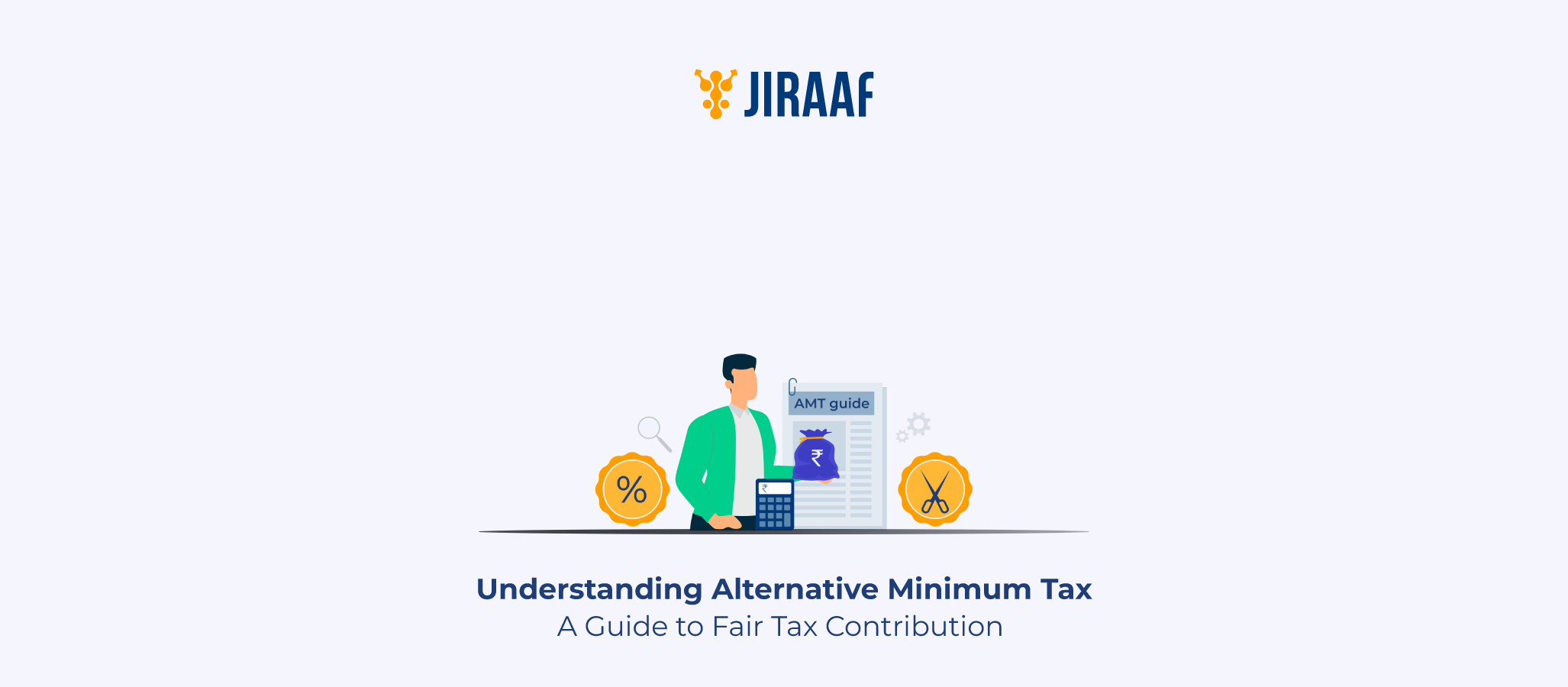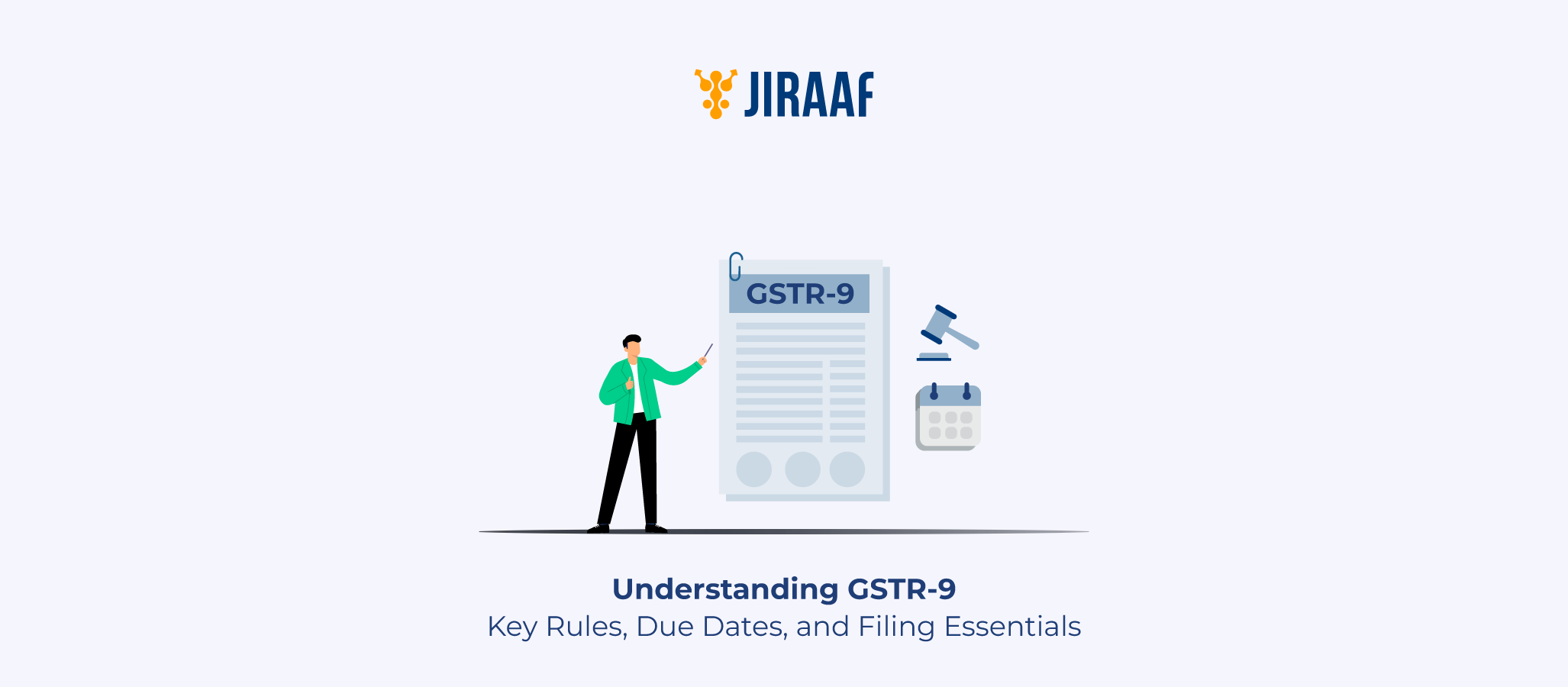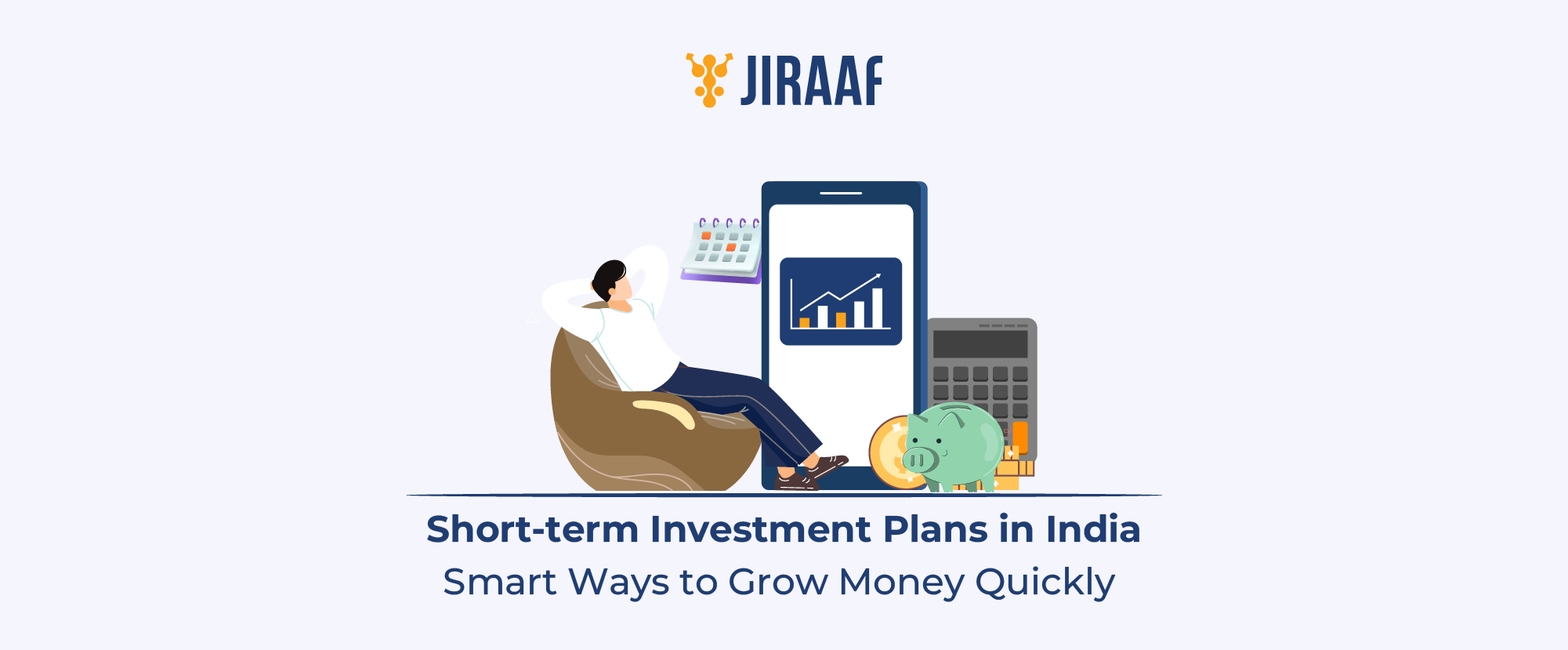Every time you pay for a cup of coffee, fill fuel, or shop online, you’re not just paying for the product—you’re also contributing to government revenue. How? Through indirect taxes. Unlike income tax that’s directly deducted from your paycheck, indirect taxes are paid by you when you purchase goods or services. Understanding indirect tax is essential for anyone looking to better manage personal finances or run a business compliantly.
Let’s break down what indirect tax means, explore its types, and see how it affects your daily life.
What is Indirect Tax?
An indirect tax is a tax that is collected by an intermediary (such as a retailer or service provider) from the person who ultimately bears the cost of the goods or services. It is then remitted to the government. Unlike direct taxes, which are paid directly to the government by the taxpayer, indirect taxes are embedded in the price of goods and services.
Key Characteristics of Indirect Tax
- Collected by sellers or service providers on behalf of the government.
- Paid by consumers when they make purchases.
- Does not require the taxpayer to file returns (in most cases).
- Regulated and administered by the government through periodic filings by businesses.
Types of Indirect Taxes in India
India has seen major reforms in its indirect tax structure, especially with the introduction of the Goods and Services Tax (GST). Here’s a detailed breakdown of key types of indirect taxes:
Goods and Services Tax (GST)
- GST is a unified tax replacing multiple previous indirect taxes like VAT, excise duty, and service tax.
- Split into CGST (Central), SGST (State), IGST (Interstate), and UTGST (Union Territory).
- Applied to almost all goods and services.
Example: A restaurant bill includes 5% GST—2.5% CGST and 2.5% SGST.
Customs Duty
- Tax on goods imported into India (and in some cases, exported).
- Includes Basic Customs Duty (BCD), Integrated GST (IGST), and Social Welfare Surcharge.
Example: Importing a smartphone from the US includes customs duty charges.
Excise Duty (now largely subsumed by GST)
- Still applicable on specific goods like petroleum products, tobacco, and liquor.
Example: A packet of cigarettes includes central excise duty in its pricing.
Stamp Duty & Registration Charges
- Levied by state governments on property transactions and legal documents.
Example: When you buy a house, you pay stamp duty and registration fees to the local government.
Securities Transaction Tax (STT)
- Charged on the purchase or sale of securities such as shares, mutual funds, and derivatives on stock exchanges.
- Introduced to streamline taxation on securities transactions.
Example: When you buy shares on the stock exchange and take delivery, you pay Securities Transaction Tax (STT) at 0.1% on the purchase value.
Entertainment Tax
Levied by state governments on entertainment-related transactions like movie tickets, exhibitions, stage shows, parks, sports events, and video gaming complexes. Many of these are now subsumed under GST but some local levies may still apply.
Example: When you attend a live concert or stage show, you pay entertainment tax included in the ticket price, depending on the state government’s regulations.
Features of Indirect Taxes
| Feature | Description |
| Tax Burden Shifting | The actual tax is borne by consumers, not the business collecting it. |
| Wider Reach | Applies to all consumers, ensuring a broad revenue base for the government. |
| Regressive Nature | Impacts low-income groups more since they pay the same tax rate as others. |
| Simplified Compliance | Businesses file tax returns and remit the collected tax periodically. |
| Encourages Transparency | Modern systems like GST ensure seamless tracking and invoicing. |
Examples of Indirect Taxes in Daily Life
| Purchase | Tax Applied | Description |
| Buying clothes online | GST (5–12%) | Included in invoice total. |
| Booking a hotel | GST (12–28%) | Based on room tariff. |
| Importing a gadget | Customs + IGST | Levied at the entry point to India. |
| Buying a property | Stamp Duty + GST | GST on under-construction and stamp duty in all property deals. |
| Filling petrol | Excise + VAT | Petrol and diesel are currently outside GST and taxed separately by central excise and state VAT. |
Note: GST applies only to under-construction properties; completed properties attract only stamp duty and registration charges.
Impact of Indirect Taxes on Consumers and Businesses
For Consumers
- Increases cost of goods/services.
- Lacks transparency unless detailed on bills.
- Taxes are already built into prices, so they often go unnoticed.
For Businesses
- Required to register under GST or other relevant tax laws.
- Must collect and remit taxes accurately.
- Need to maintain thorough invoicing and filing practices.
Advantages of Indirect Tax
| Advantage | Explanation |
| Non-Intrusive | Collected without direct interaction with taxpayers. |
| Revenue Generating | A major source of income for the government. |
| Consumption Based | More tax is collected from those who consume more. |
| Ease of Collection | Businesses collect tax from end-users and remit it to authorities. |
Disadvantages of Indirect Tax
| Disadvantage | Explanation |
| Regressive Impact | Everyone pays the same rate, disproportionately affecting the poor. |
| Inflationary | Can lead to price rises in goods/services. |
| Complex Compliance | Filing returns and managing multiple tax slabs can burden small businesses. |
GST: A Major Indirect Tax Reform
The implementation of GST in July 2017 was a landmark reform that unified the indirect tax structure across India.
Key Benefits of GST
- One Nation, One Tax.
- Eliminated cascading tax effect (tax on tax).
- Digital filing and tracking for better compliance.
- Boosted transparency in pricing.
How Is Indirect Tax Collected and Paid?
1. For Consumers
- Paid at the point of sale or service.
2. For Businesses
- Collected from consumers.
- Periodically filed through online returns (monthly, quarterly, or annually).
- Payment made via government GST portal or authorized banks.
Indirect Tax vs Direct Tax
Let’s see the differences between direct and indirect taxes in a side-by-side comparison.
| Basis | Indirect Tax | Direct Tax |
| Levied on | Goods and Services | Income or profits |
| Paid by | Consumer | Taxpayer directly |
| Examples | GST, Customs, Excise | Income Tax, Corporate Tax |
| Compliance | Done by seller/service provider | Done by the individual/entity |
| Burden | Passed on to buyer | Borne by the taxpayer |
Recent Developments in Indirect Taxation
- GST Council Meetings: Held frequently to revise rates and resolve industry issues.
- E-invoicing for B2B transactions: Now mandatory for businesses with turnover above ₹20 crore (updated from ₹5 crore).
- Simplified Returns: The government aims to ease filing by introducing pre-filled return formats.
Best Practices for Indirect Tax Compliance (For Businesses)
| DOs | DON’Ts |
| Register under GST if applicable | Avoid late filing to escape penalties |
| Issue proper tax invoices | Don’t mix up tax slabs |
| File returns on time | Don’t neglect recordkeeping |
| Stay updated on GST changes | Don’t assume GST doesn’t apply to services |
| Use accounting tools for accuracy | Avoid underreporting turnover |
Conclusion
Indirect taxes may not grab your attention the way income tax does, but they are constantly at work behind the scenes of every transaction you make. Whether you’re a consumer who wants to understand how much you’re paying in taxes or a business trying to stay compliant, understanding indirect tax is essential.
With GST simplifying the landscape, things are more transparent than ever. Yet, staying informed, especially about rate changes, applicable laws, and compliance, is the key to staying ahead—whether you’re buying your morning coffee or filing returns for your business.
FAQs
What is indirect tax in simple terms?
Indirect tax is a tax you pay when you buy goods or services. It’s collected by the seller and then paid to the government.
What are the main types of indirect taxes in India?
The major ones include GST, customs duty, excise duty (for some goods), and stamp duty.
Is GST a direct or indirect tax?
GST is an indirect tax because it is collected by businesses from consumers and paid to the government.
Do individuals need to file indirect tax returns?
No. Indirect taxes are usually handled by businesses. Individuals just pay them when purchasing goods or services.
Are petrol and diesel covered under GST?
No. As of 2025, petrol and diesel remain outside the GST regime and are taxed separately by central excise duty and state VAT.
Discover fixed income investments with Jiraaf, a SEBI registered online bonds platform that educates and brings access to a wide array of bonds. Sign up today to explore diversified fixed income investment opportunities to support your goal-based wealth creation journey. Start investing!









